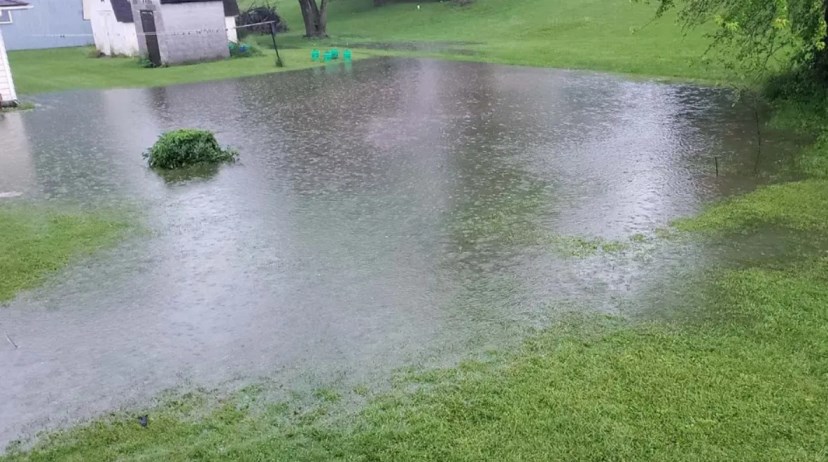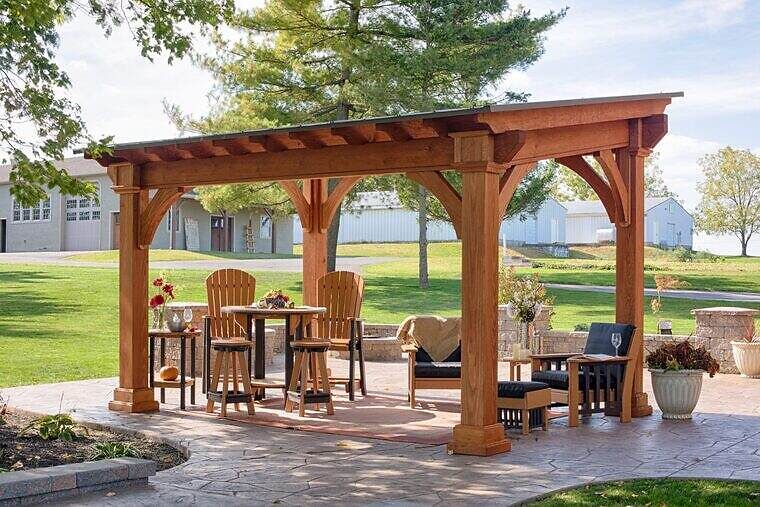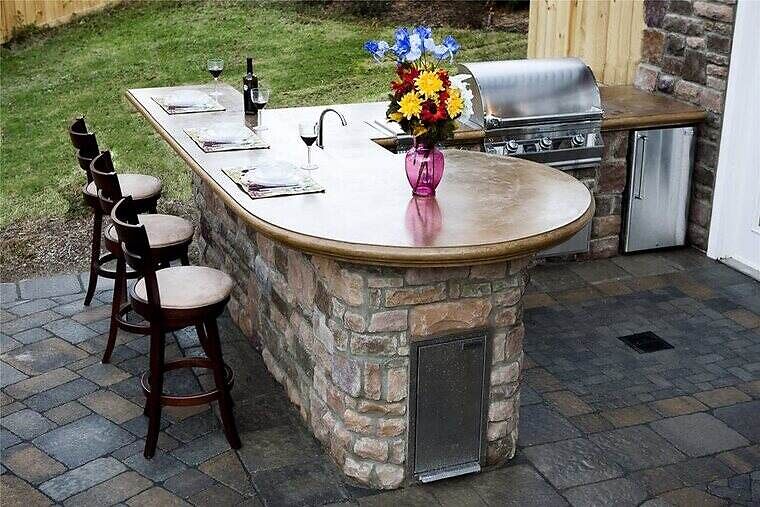If you have ever experienced a flooded yard, you know that it can be a real hassle to clean up. Not only is the water a mess, but it can also damage your property and landscaping. In this article, we will discuss the causes of flooding in yards and how to fix it. We will also provide tips for preventing flooding in your yard.
Causes of Flooded Yard
There are a variety of reasons why your yard may be flooded. It could be that a storm has caused too much rain to fall in a short period of time, or the ground could be saturated from too much precipitation over a long period of time. A broken or clogged storm drain could be causing water to back up and overflow, or a failed sewer system could be releasing wastewater into your yard. If you have a creek or river on your property, flooding may be a result of the water level rising too high. Finally, if your yard is low-lying, it may be more prone to flooding during a hurricane or other major storm.
How to Fix a Flooded Yard
A flooded yard can be a huge hassle. Not only is the cleanup process long and arduous, but the water can also damage your property and landscaping. If you find yourself in this situation, follow these flooded backyard solutions to get your yard back to normal.
- Assess the Damage. The first step is to assess the damage and determine how much work is needed. Make a list of the tasks that need to be done and the order in which they should be completed.
- Remove Debris. Start by removing any debris from the yard. This includes branches, leaves, and other objects that may have been washed in by the floodwaters.
- Drain the Water. The next step is to drain the water. This can be done with a pump or by digging trenches to redirect the water elsewhere.
- Repair Damage. Once the water has been drained, it’s time to start repairing the damage. This may include fixing fences, replacing boards in the deck, and replanting flowers and plants.
- Clean Up. The final step is to clean up the yard. This includes raking leaves and branches, picking up trash, and hosing down the area.
10 Tips for Preventing Flooding
There are several things you can do to prevent your yard from flooding. Some of the best tips include:
- Divert rainwater away from your home. One of the most important things you can do to prevent flooding in your yard is to divert rainwater away from your home. You can do this by installing gutters and downspouts, and by making sure that your landscaping doesn’t obstruct the flow of water.
- Install a rain barrel. If you live in an area that experiences a lot of rainfall, you may want to consider installing a rain barrel. A rain barrel is a container that collects rainwater from your roof. This water can then be used to water your plants or to wash your car.
- Grade your yard correctly. If your yard isn’t graded correctly, water can collect and cause flooding. You can have your yard graded by a professional, or you can do it yourself using a shovel and a level.
- Use landscaping to prevent flooding. You can use landscaping to help prevent flooding in your yard. For example, you can install a rain garden, which is a garden that is designed to collect and absorb rainwater. You can also install a dry creek bed, which is a shallow channel that allows water to flow through it.
- Raise your home’s foundation. If you live in an area that is prone to flooding, you may want to consider raising your home’s foundation. This can help to keep your home and your belongings safe from flood waters.
- Install a sump pump. If you already have a basement, you may want to consider installing a sump pump. A sump pump is a device that pumps water out of your basement and away from your home.
- Keep your gutters clean. If your gutters are clogged, water can back up and cause flooding. You can clean your gutters yourself, or you can hire a professional to do it for you.
- Check your local weather report. If you know that a major storm is headed your way, you can take steps to prepare for it. This may include evacuating your home, stocking up on supplies, or sandbagging your property.
- Have a plan for evacuating your home. If a major storm is headed your way, it is important to have a plan for evacuating your home. This plan should include a list of items that you will need to take with you, as well as a list of places to which you can evacuate.
- Invest in flood insurance. If you live in a area that is prone to flooding, it is important to invest in flood insurance. Flood insurance will help to protect your home and your belongings in the event of a flood.
Conclusion
Flooded yards can be a real hassle to clean up. However, by using a pump or digging a trench to divert the water away from your property, you can minimize the damage. You can also prevent flooding in your yard by installing a drainage system, elevating your property, and planting vegetation that can help absorb water.



